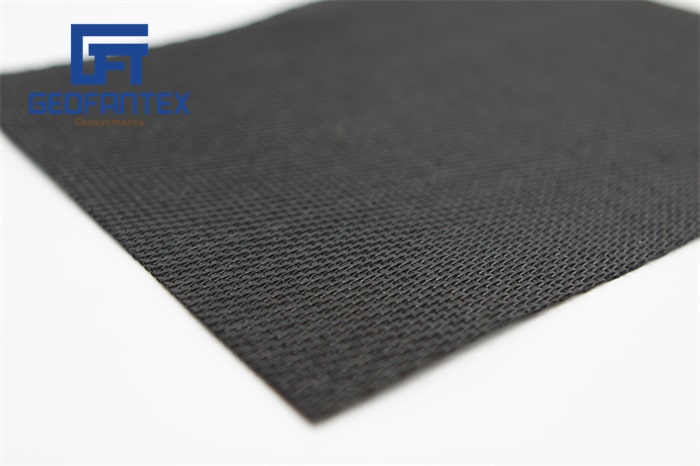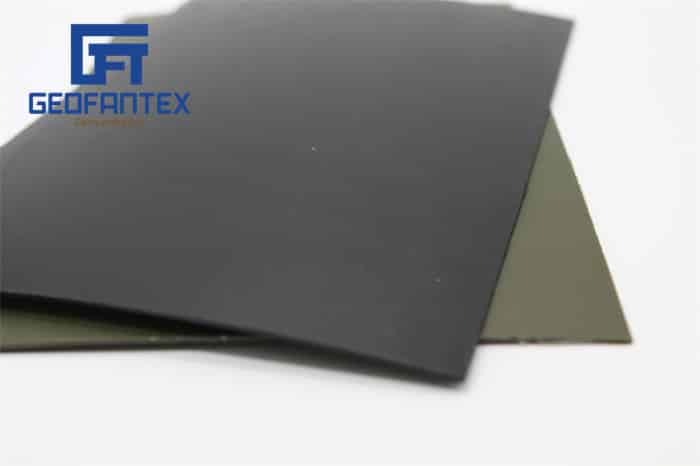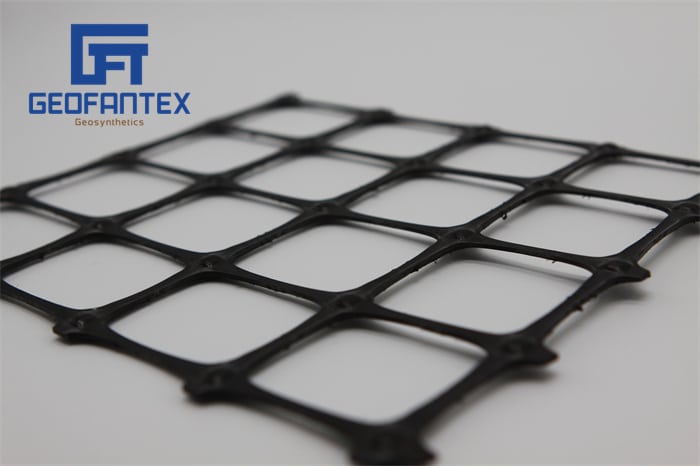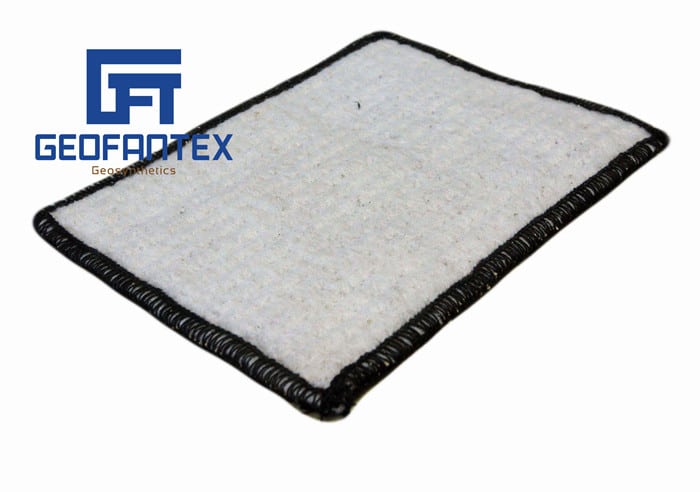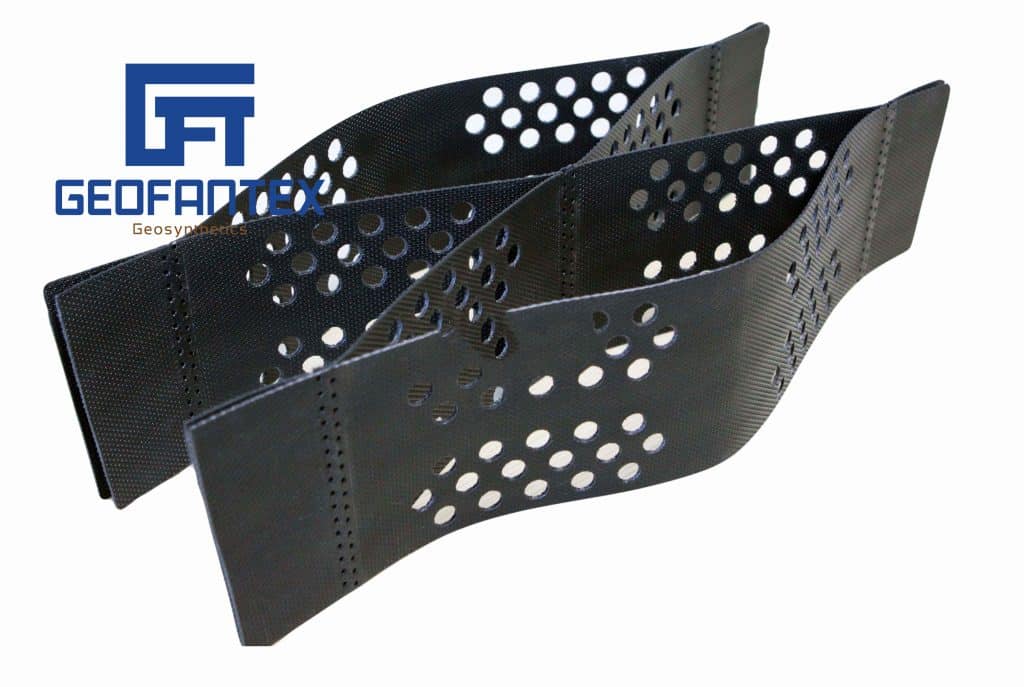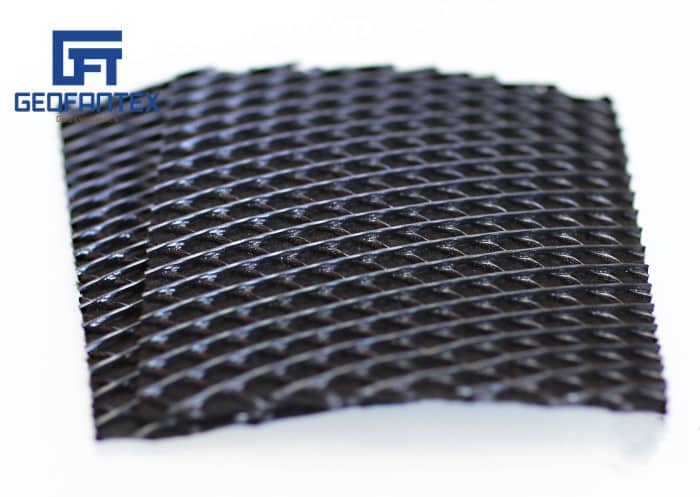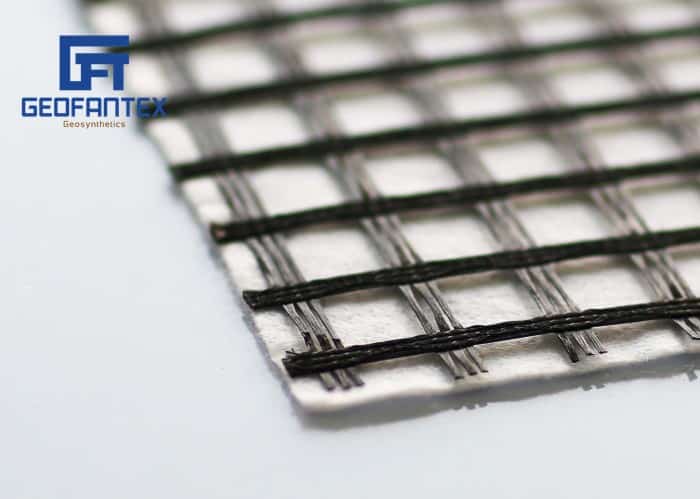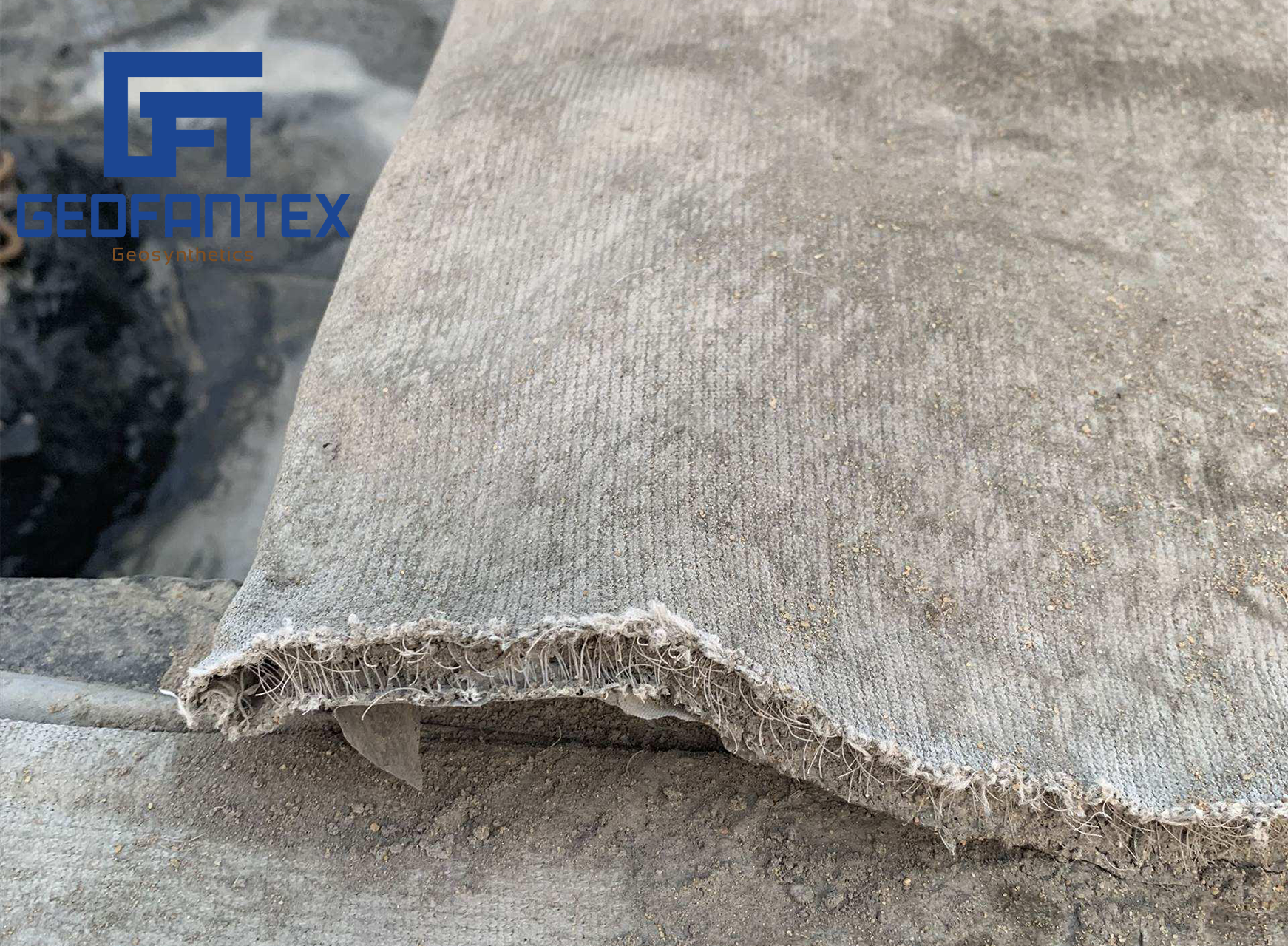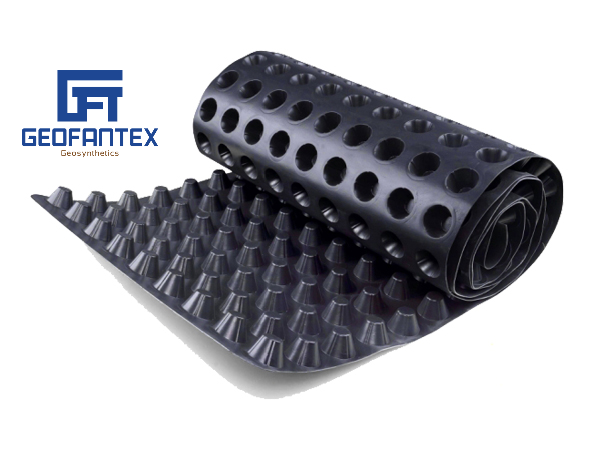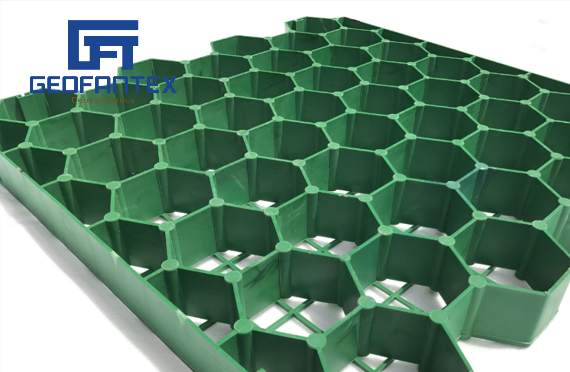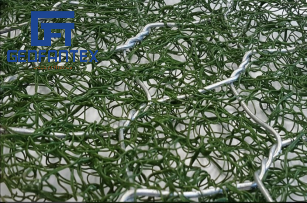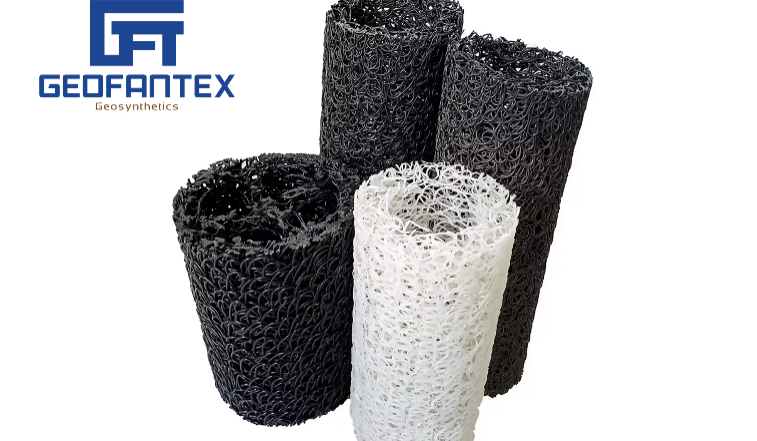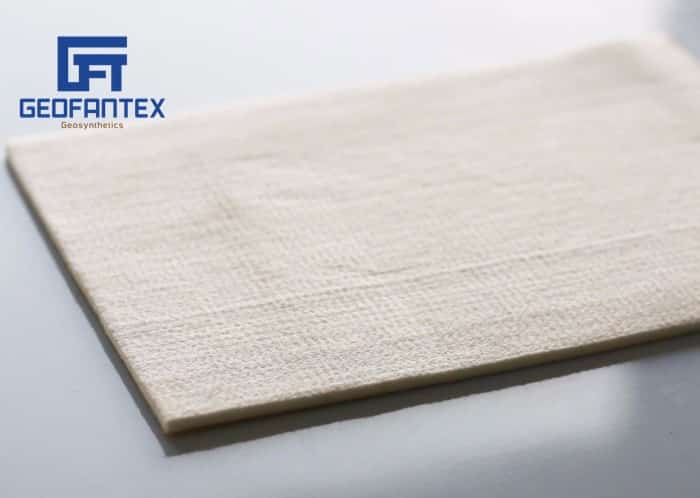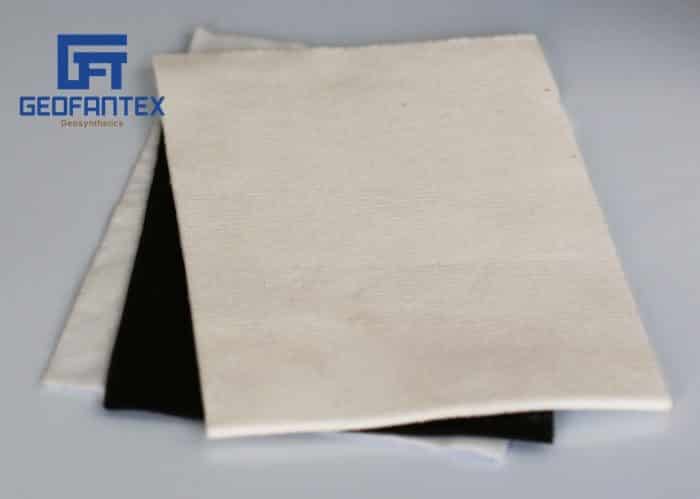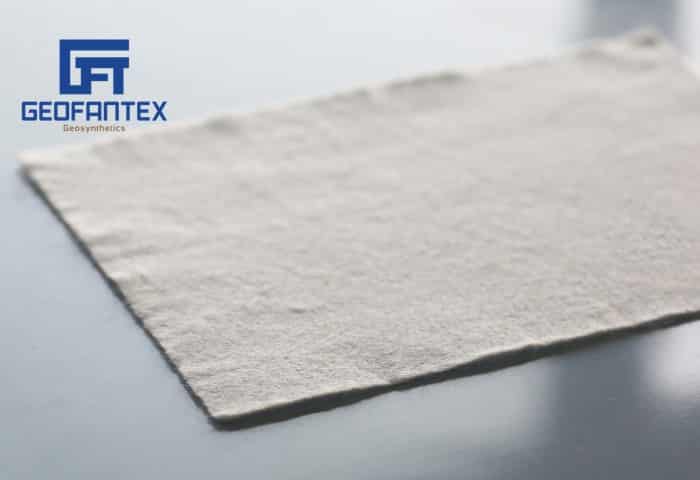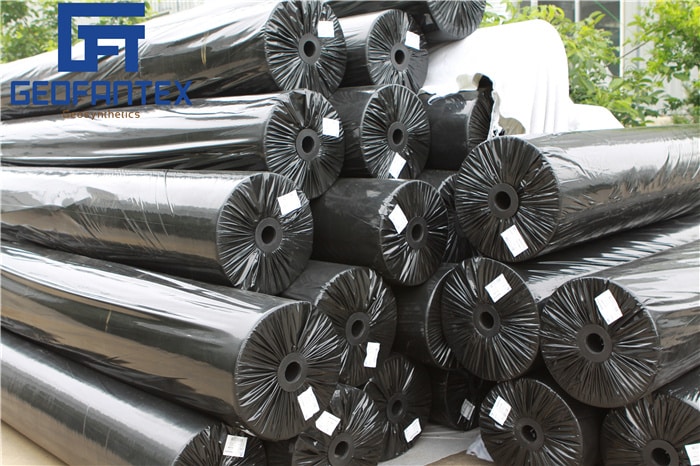+86-159 9860 6917
info@geofantex.com
geofantex@gmail.com
+86-400-8266163-44899
Geonet questions are commonly asked by professionals in the geosynthetics industry. Whether you are a contractor, engineer, or designer, understanding geonets is crucial for various applications like drainage, reinforcement, and filtration. In this article, we will address some of the most common geonet questions to help you make informed decisions about their use in construction projects.
What are Geonets and How Do They Work?
Geonets are specialized materials used in geotechnical applications to facilitate drainage, support soil stabilization, and prevent erosion. They are typically made of polymeric materials, which allow water to flow through the net structure while providing the necessary mechanical strength to support soil and other geosynthetic layers.

What Are the Benefits of Using Geonets in Construction?
Geonets offer a wide range of benefits, such as improving water flow through drainage systems, enhancing soil stabilization, and providing a lightweight, cost-effective alternative to traditional drainage systems. Their use helps reduce construction time and costs, making them a popular choice in various civil engineering projects.
In What Applications Are Geonets Most Commonly Used?
Geonets are commonly used in applications such as landfills, stormwater management systems, erosion control, and road construction. They are particularly effective in areas where soil drainage is crucial to preventing water buildup or erosion, ensuring long-lasting stability and safety in the infrastructure.
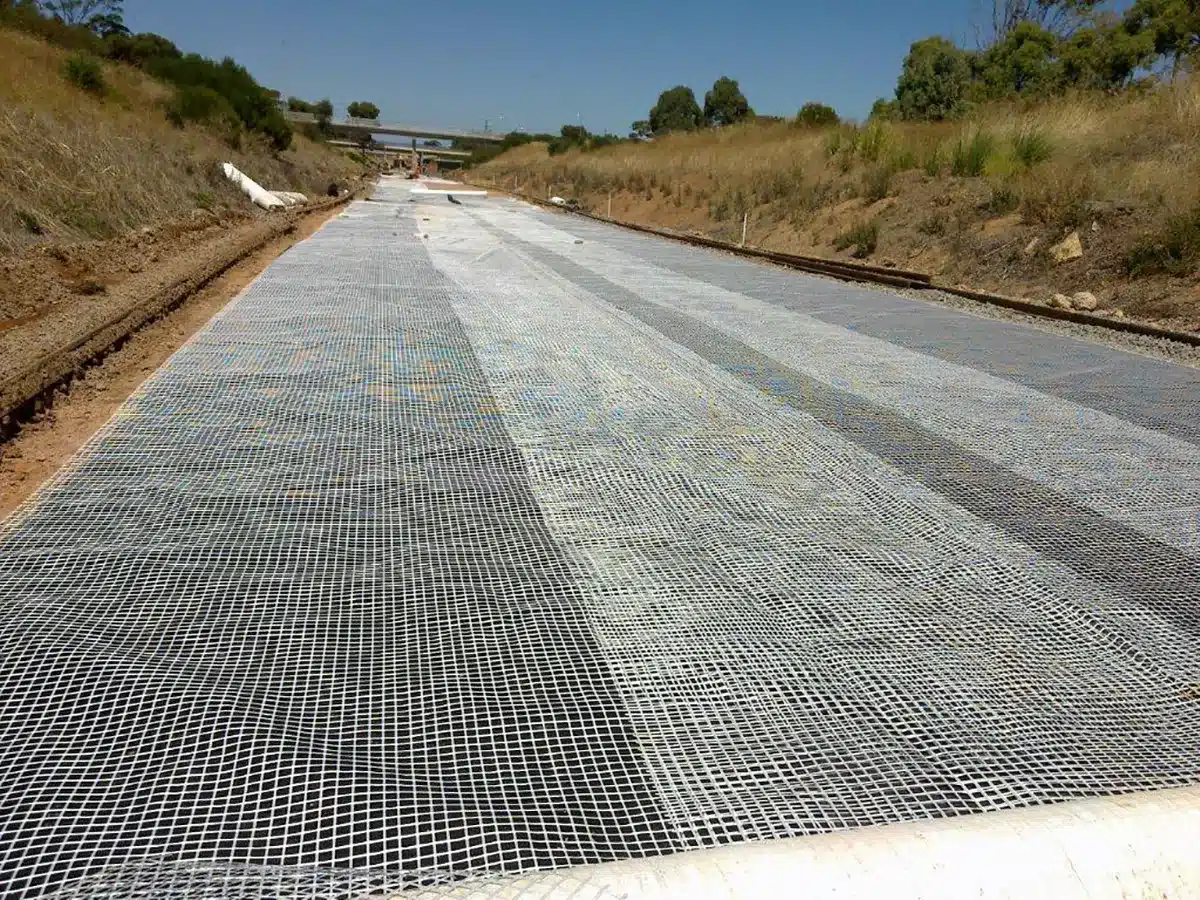
How Do Geonets Compare to Other Geosynthetics?
Compared to other geosynthetics like geotextiles or geomembranes, geonets are specifically designed for drainage purposes. While geotextiles may provide some drainage capabilities, geonets are more effective in high-flow drainage applications. Their open structure and high permeability make them ideal for managing water flow in critical applications.
In this article, we addressed common Geonet questions related to their use in geosynthetics. We explained what geonets are and how they function in construction, highlighting their benefits such as improved drainage and soil stabilization. We also discussed the key applications of geonets, including landfills and stormwater management, and compared their performance with other geosynthetics like geotextiles and geomembranes. This guide aims to provide clarity for professionals seeking to understand the crucial role of geonets in geotechnical projects.
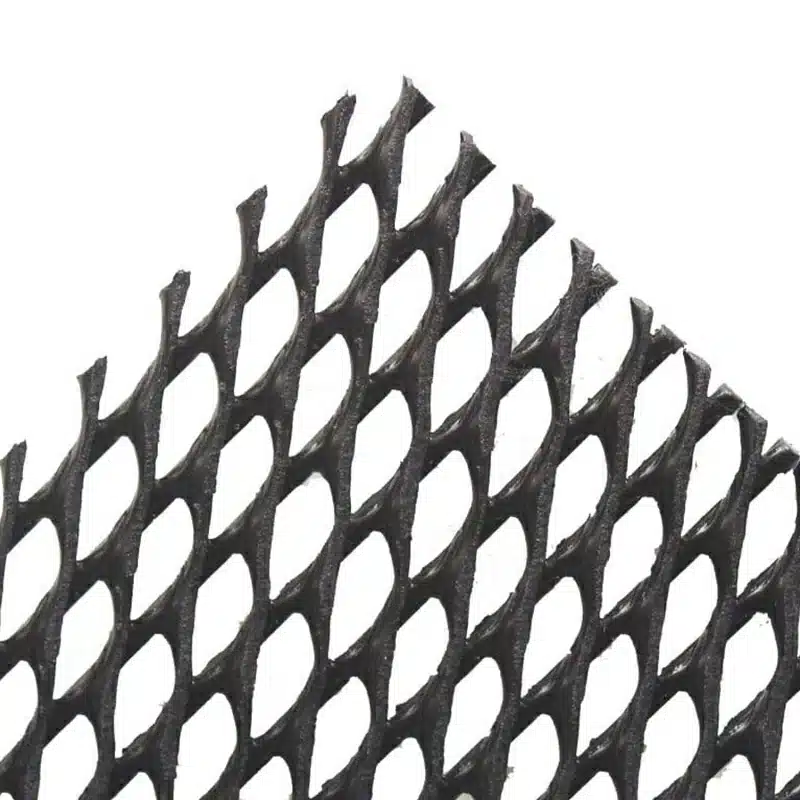


Get Free Sample
We’ll respond as soon as possible(within 12 hours)


